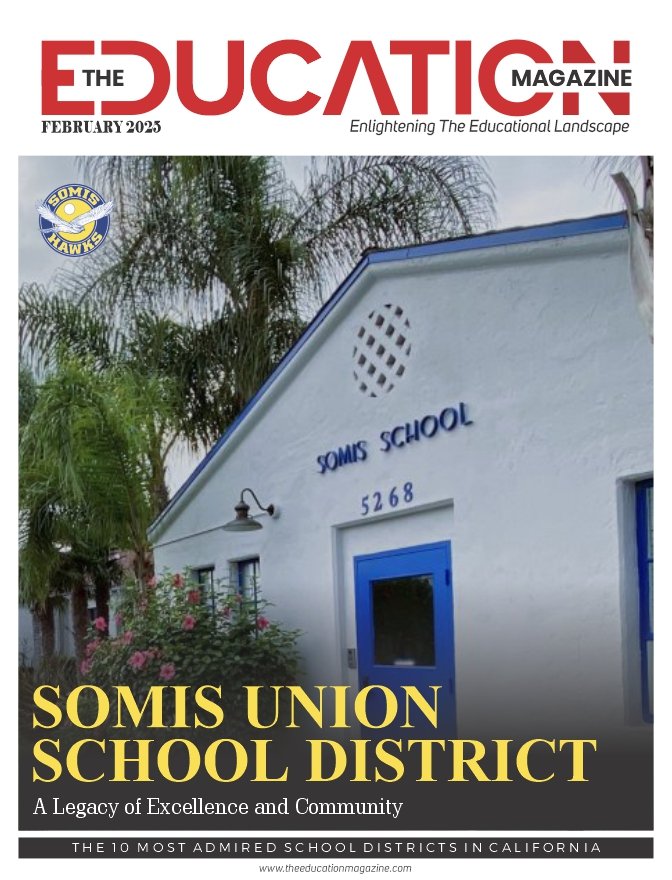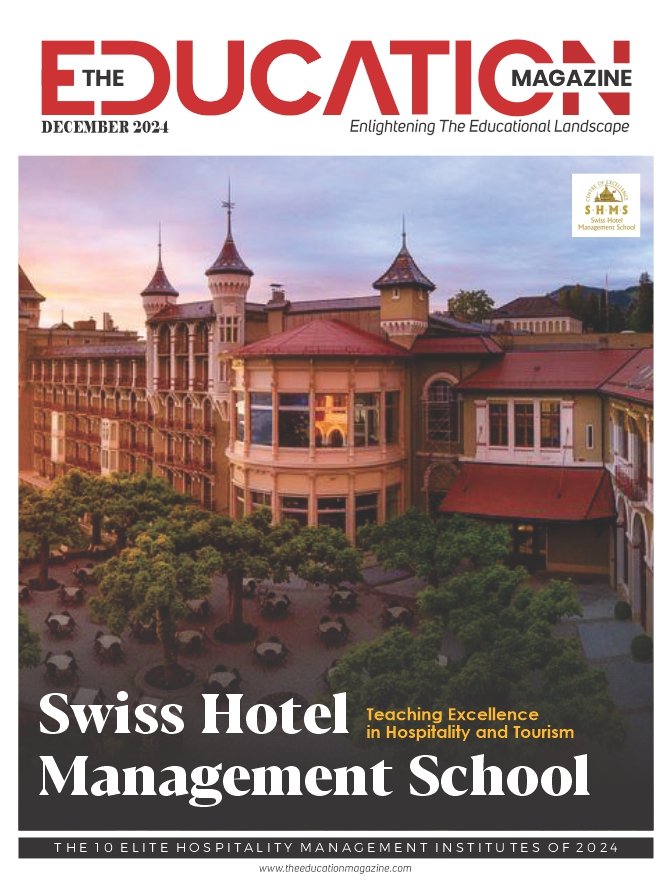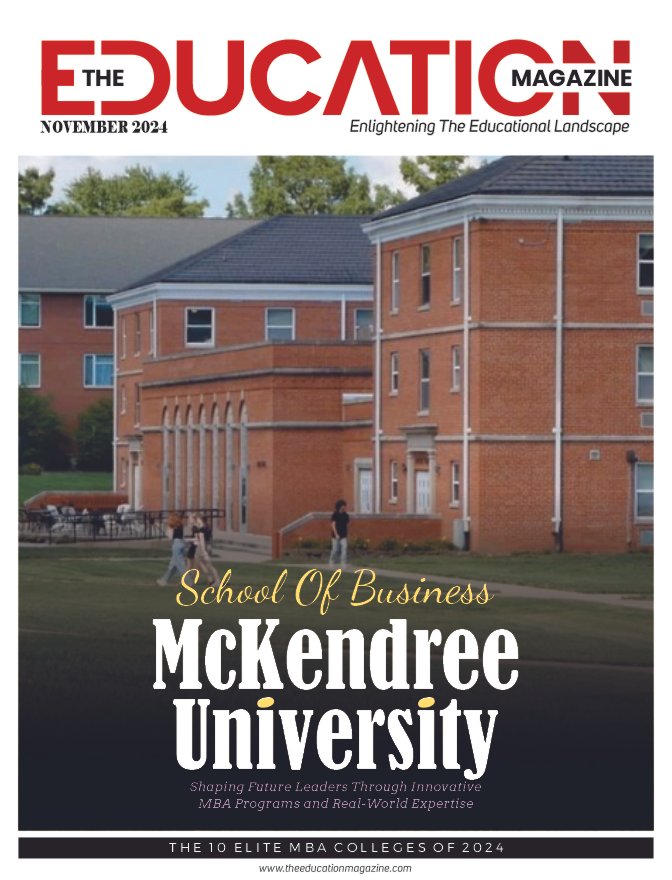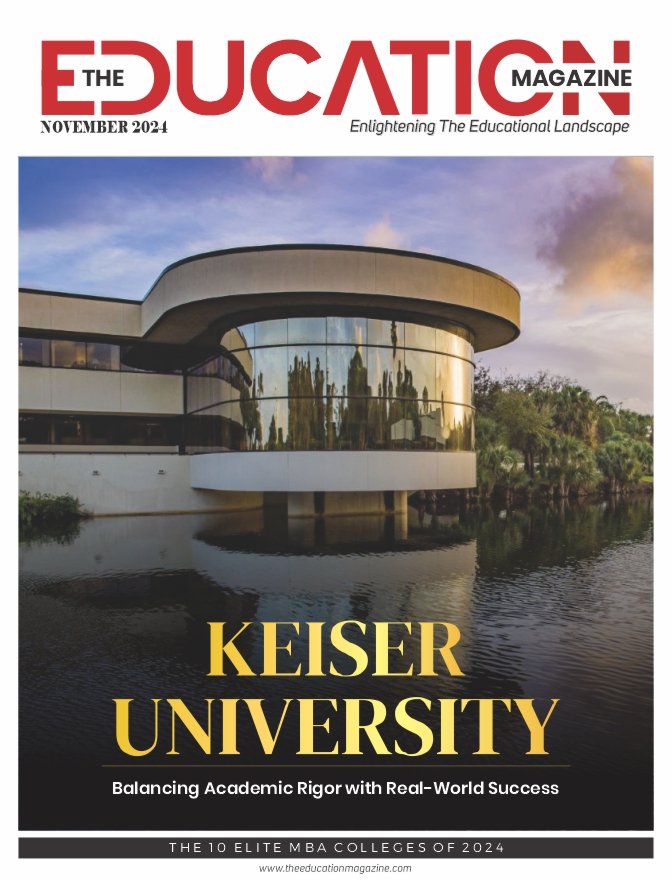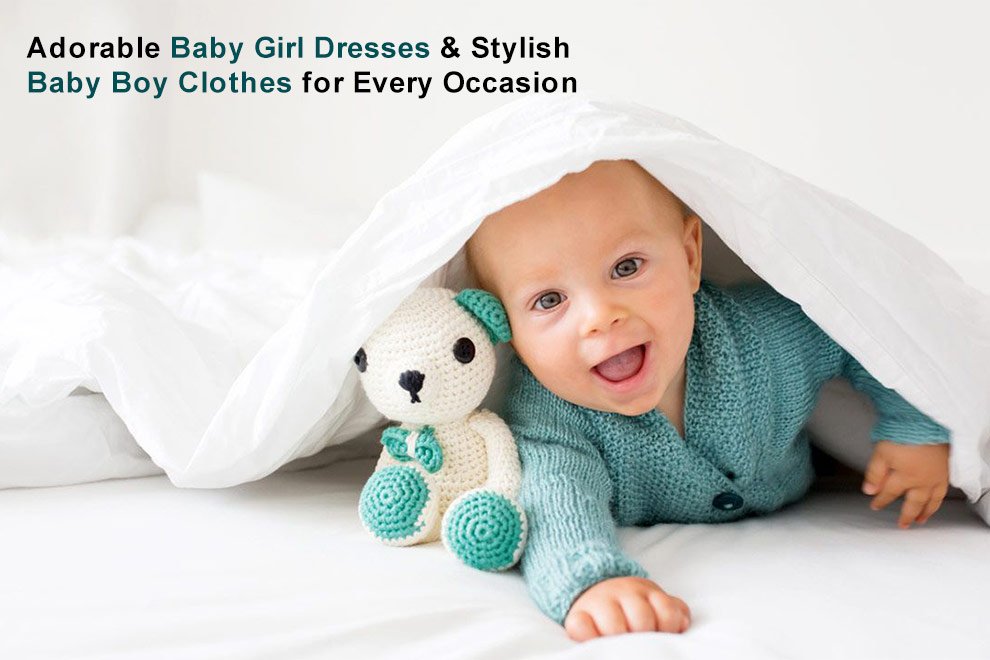Know your audience, know your market. Plastic surgeons who take the time to really understand their target demographic can develop marketing strategies that hit the mark. Marketing magic happens when you understand your audience. We’ll explore the demographic trifecta of age, gender, and socio-economic status to help plastic surgery practices refine their marketing approach.
The Changing Face of Plastic Surgery
Surge in Male Patients
The perception of plastic surgery as a female-centric domain is shifting dramatically. Recent statistics indicate that over 1.5 million men pursued cosmetic procedures last year, representing a staggering 253% increase since 2019. Treatments like neuromodulator injections—commonly referred to as “Brotox”—and dermal fillers are increasingly popular among men. The tables are turning, and marketers are taking note—men’s sense of style is now a driving force in aesthetics.
Age-Related Trends
Age significantly influences the types of procedures individuals pursue, offering valuable insights for targeted marketing:
- Generation X (ages 40-54): 45% of total cosmetic procedures
- Baby Boomers (ages 55-69): 30%
- Millennials (ages 30-39): 16%
- Generation Z (ages 19-29): 6%
- Individuals over 70: 3%
These statistics underscore the varying motivations and concerns across age groups. Adopting a blanket approach to marketing won’t yield the desired results: it’s essential to understand what resonates with each demographic, allowing you to craft targeted strategies that nurture engagement and elevate conversion rates.
Societal Influences and Perceptions
The Role of Social Media
Social media platforms have transformed how beauty is perceived and pursued. Approximately 48.5% of individuals report that social media influences their cosmetic decisions. With Instagram and TikTok massively influencing public opinion, plastic surgery practices need to skillfully leverage these platforms to amplify their marketing efforts. Sharing top-notch visuals, honest customer reviews, and helpful tutorials can get your brand noticed and interactive.
Cultural and Societal Standards
Cultural perceptions of beauty vary widely and directly affect decisions regarding plastic surgery. Two distinct camps emerge when it comes to seeking physical enhancements—those conforming to societal expectations and those exercising personal autonomy. Forget one-size-fits-all marketing—what works for one crowd may fall flat with another. Cultural insight is crucial for crafting campaigns that really hit home.
Economic Factors Affecting Decisions
Cost of Procedures
Financial considerations are paramount in the plastic surgery landscape. Americans spent over $26 billion on cosmetic enhancements in 2022, indicating a robust market. Average costs for minimally invasive treatments range from $530 to $1,800, while surgical procedures typically cost between $3,000 and $10,000. By failing to connect the dots between financing options and actual procedures, practices risk leaving patients in the dark—it’s time to shine a light on the way forward.
Socio-Economic Status
Socio-economic status plays a critical role in determining who can afford plastic surgery. The demand for cosmetic enhancements knows no borders—people from every corner of society are looking to revamp their looks. That’s why it’s crucial to have pricing and financing options that cater to this diverse clientele. The better you grasp the economic and social currents that shape your community, the more you’ll be able to craft marketing messages that truly speak to the people who need your care. Do your research, and the connection will click.
Emerging Trends and Preferences
As the plastic surgery market evolves, new trends are emerging that reflect changing preferences. A notable rise in non-invasive procedures—such as laser treatments and chemical peels—appeals to younger demographics seeking quick, low-risk enhancements without significant downtime. If we’re paying attention to the data, it’s clear that convenience and minimal downtime are major selling points for these treatments—a clever marketer would do well to play these up.
The self-care revolution has sparked a desire for treatments that address the whole person—not just physical appearance, but emotional and mental well-being too. Marketing campaigns that emphasize holistic beauty—integrating surgical and non-surgical options with wellness practices—can effectively attract health-conscious consumers.
Patient Reviews and Reputation Management
An often overlooked aspect of marketing plastic surgery practices is the significance of patient reviews. Today’s consumers heavily rely on online reviews to guide their choices. Fostering a positive reputation through testimonials and encouraging satisfied patients to share their experiences can enhance trust and attract new clientele. When businesses bring review management into the mix, they can more effectively manage their online reputation and rise above the competition.
Innovations in Technology and Virtual Consultations
The boundary between doctor and patient has grown shorter, with telehealth and virtual consultations bringing plastic surgery to your fingertips. Patients can now engage with surgeons remotely, easing anxiety and facilitating initial consultations. Practices can now break down barriers and connect with people who’ve been hesitant to step into an office or clinic. State-of-the-art marketing strategies will inevitably resonate with patients who value streamlined, secure healthcare solutions.
Conclusion
Plastic surgery marketing teams stand to gain a lot by digging into the demographics of their target audience—it’s a goldmine of insight waiting to be tapped. Plastic surgery’s once-staid demographics are shifting dramatically, with male patients of all ages and backgrounds rewriting the script. Tap into the power of numbers—don’t lie. Marketing statistics in plastic surgery practice show that the right marketing stats can make all the difference in attracting new clients and staying ahead of the competition. Providers can craft marketing strategies that speak directly to the differing passions and values of each age group. Deciphering these underlying dynamics yields a major bonus: reinvigorated marketing strategies and, ultimately, fairer representation in the beauty industry.
Also Read: What Is Plastic Neutrality and How Do We Get There?

